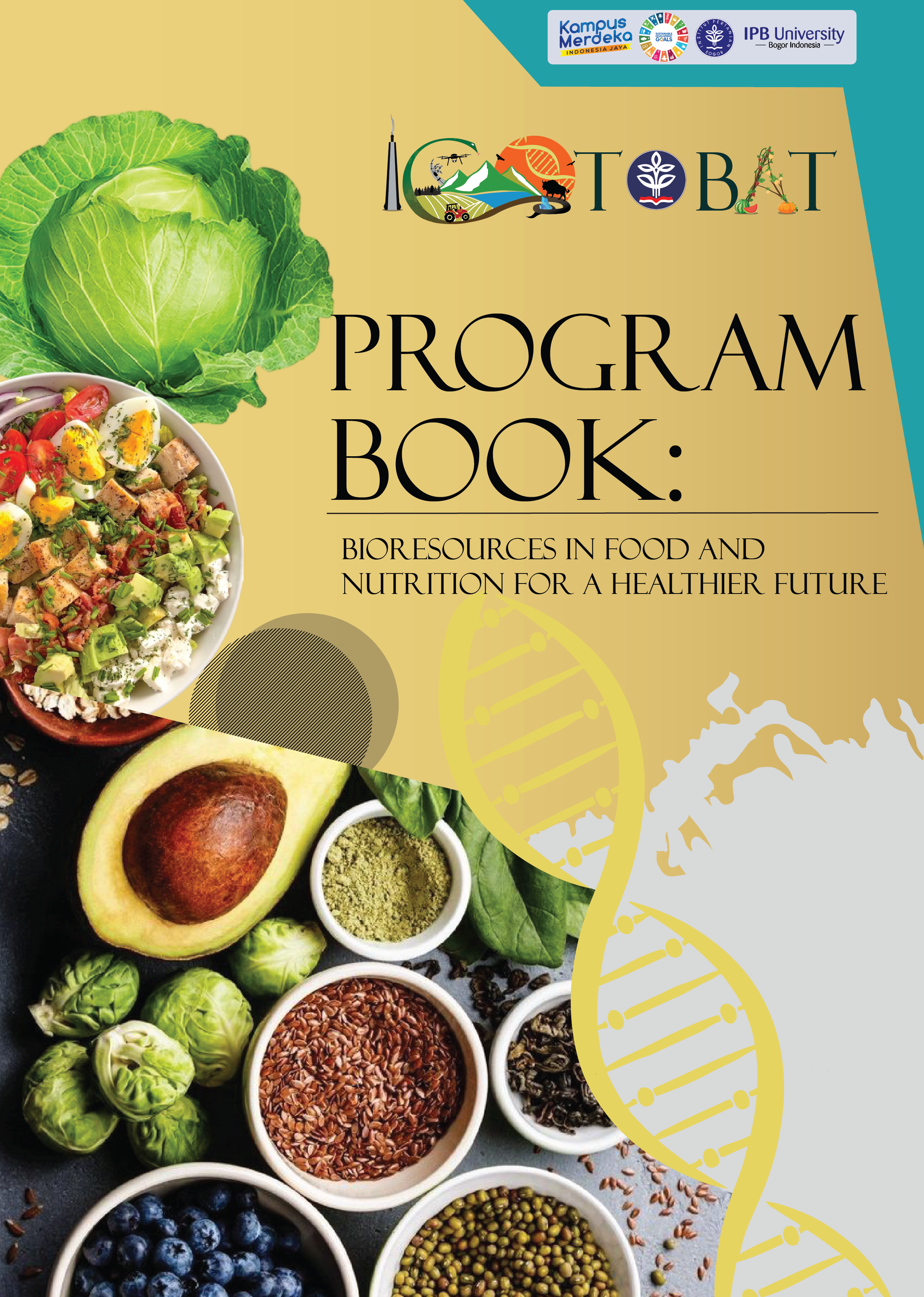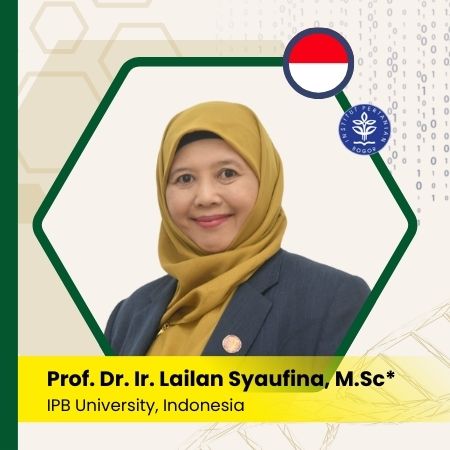Nanoemulsion preparation from Mandarin orange (Citrus reticulata Blanco cv. Terigas) essential oil and evaluation of its physicochemical and antibacterial activity
Keywords:
antibacterial activity, nanoemulsion, citrus essential oil, distillationAbstract
Citrus essential oil is derived from the peel using a distillation technique. Citrus peel essential oil can be a supplementary component in food and cosmetic goods. Volatile molecules, such as limonin, can be beneficial as an antibacterial agent. The characteristic hydrophobicity of essential oils causes problems when they are used in commodities under ordinary storage conditions. Using nanoemulsion technology is the most effective method to enhance hydrophilicity and facilitate the application of substances to various products. The essential oil produced is then processed into a nanoemulsion to characterize its physicochemical and antimicrobial properties against L. monocytogenes bacteria. In this research, the peel of Keprok Terigas Citrus was processed by distillation to obtain essential oil. The essential oil is formulated in the form of a nanoemulsion. The concentration of essential oil used in the nanoemulsion formulation is 1.5%; 2%; 2.5%. The obtained nanoemulsion was then tested for its physicochemical characteristics and antimicrobial activity. The research results showed that the essential oil yield was 5.546% and 34 types of volatile compounds were found from the GC-MS results. Nanoemulsion at a concentration of 2.5% essential oil had the highest viscosity of 2.96 cP, total dissolved solids of 6.4 brix, and activity inhibiting the growth of listeria monocytogenes of 5.8 mm.






























